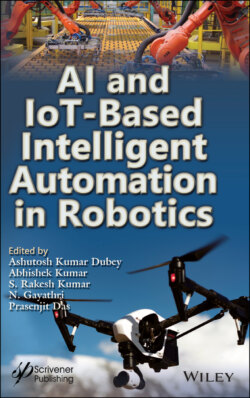Читать книгу AI and IoT-Based Intelligent Automation in Robotics - Группа авторов - Страница 15
1.3 Applications
ОглавлениеBecause the lives of people were becoming busier, robots were designed to help meet the needs of their users. Initially we assigned the task or multiple tasks as per the instructions of humans and the robots performed the task if the particular task was programmed and vice versa. Later on, the robots were designed in such a way that specific robots or customized robots were designed for specific tasks. The main theme in designing customized robots was to make them work more efficiently. Generally, the robots were designed in an assembly manner for making them more adaptive as well as making the tasks speedier. Such types of robots were categorized as “assembly robots.” Now robots were also used in the automobile industry for procedures such as welding, tightening, etc., and the robots were the products called “integrated units” because they were designed in such a way that they were integrated with different fields like mechanical and electrical engineering and computers. For example, robots that performed welding tasks were called “welding robots.” Any type of robot had the capability of performing various types of tasks [4]. Some robots were exclusively designed for making the heavy load changes and such type of robots were treated as “heavy duty robots.” Finally, “humanoid robots” were designed for addressing all the emergencies that a human does.
The robots described above are just some of the various robots and their applications in specific fields. Some of the various types of robots and various places where they are being used include:
Military robots
Industrial robots
Collaborative robots
Construction robots
Agricultural robots
Medical robots
Robots for kitchen automation
Spot robot for combat
Robots for cleaning up contaminated areas
such as toxic sites or nuclear facilities
Domestic robots
Nanorobots
Swarm robots
Autonomous drones
Robots for sports field line marking
